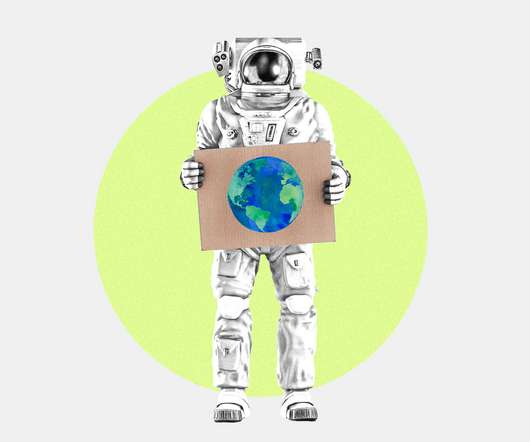A few thoughts on tackling microplastic pollution
Envirotec Magazine
JUNE 8, 2023
Dr Rosa Busquets is Associate Professor in Analytical Chemistry and Forensics at Kingston University What are microplastics, why are they such a problem and what can be done to reduce the pollution they cause? From studies involving organisms, we know that microplastics can cause inflammation, which is a common step in many diseases.















Let's personalize your content